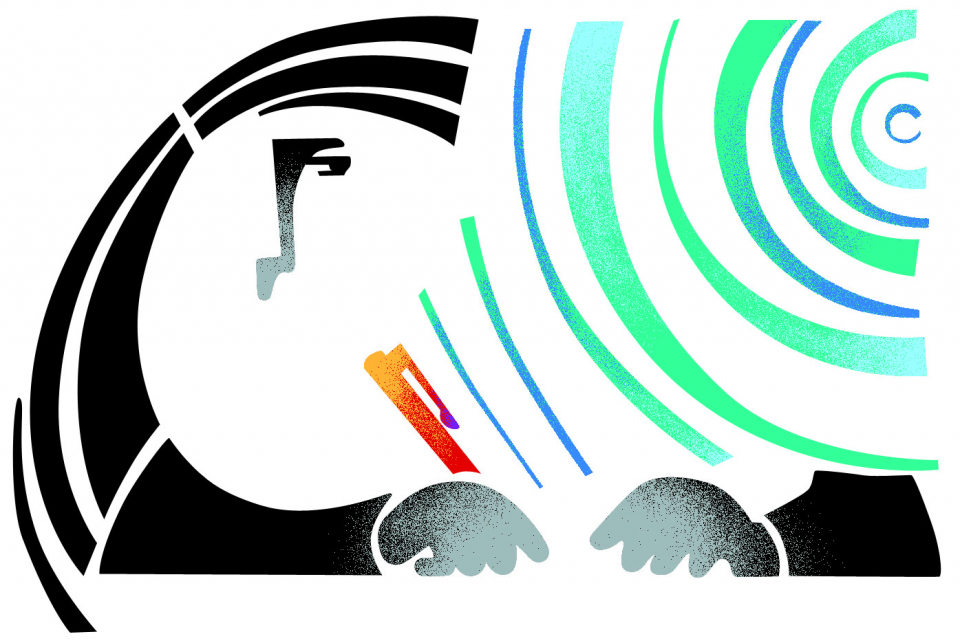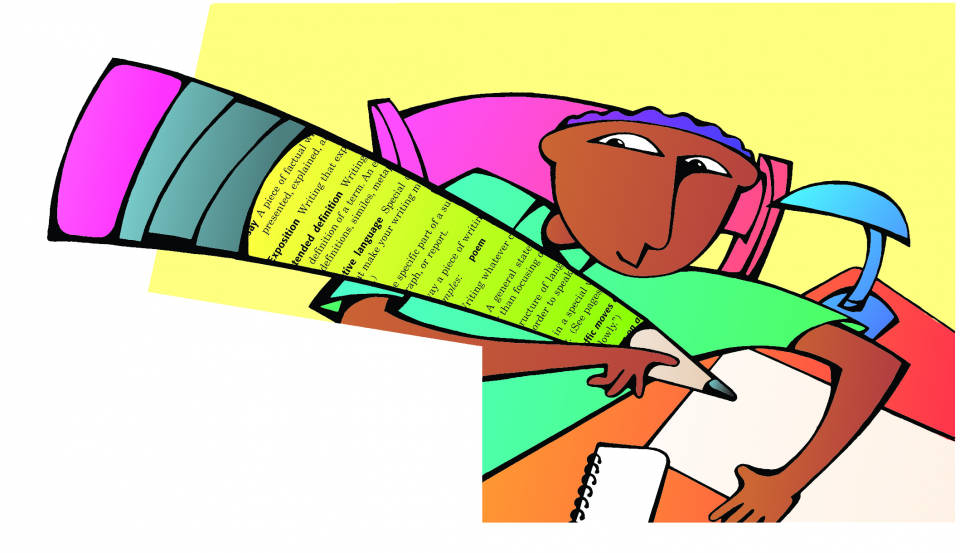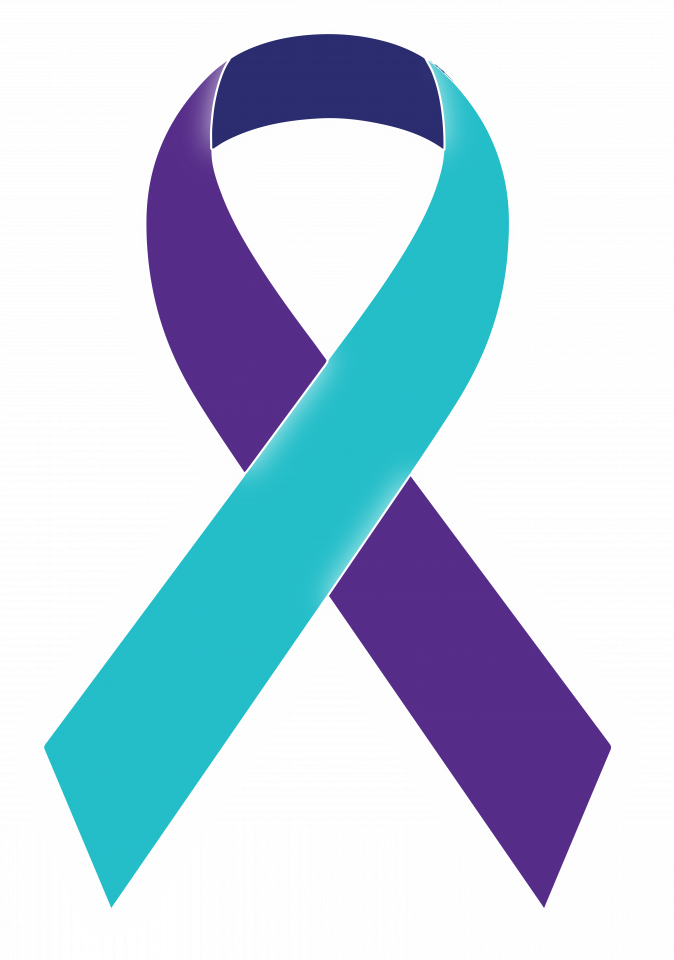Young people routinely pass through our classrooms, and despite our brief time together, we form lasting bonds. We want our students to have happy, enriching lives.
It usually warms our hearts to hear life updates from former students: news of a college acceptance, a new job, a wedding date, a baby on the way. However, sometimes news of a former student leaves us shaken.
In recent years, youth suicides have risen at an alarming rate–up 57 percent for people ages 10 to 24. Many of us–too many–know of students or former students who have attempted or died by suicide. We mourn for their families and friends. And we grieve, too. The trauma ripples through our schools and communities.
The spike in youth suicide rates is part of a broader mental-health crisis affecting young people. As Derek Thompson reports in an important and illuminating piece from The Atlantic, 44 percent of high school students felt “persistent sadness and hopelessness” in 2021. Another large study found that one in four high school girls seriously contemplated suicide during the pandemic. These sobering statistics are clear calls to action: All sectors of society must pitch in to address the mental-health crisis of young Americans.
In our classrooms, we can play a vital role in supporting students' mental health and addressing pervasive sadness.








